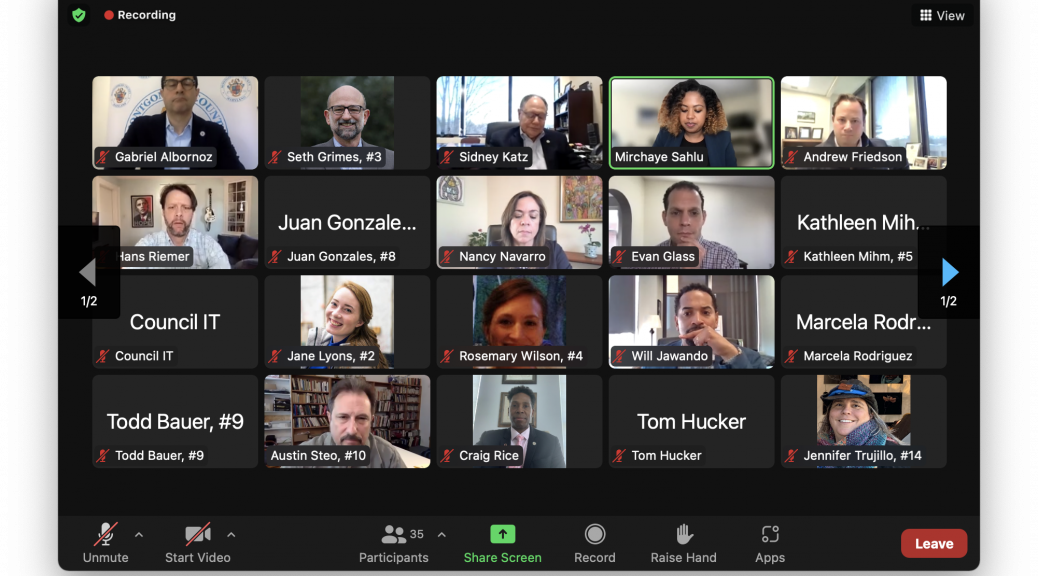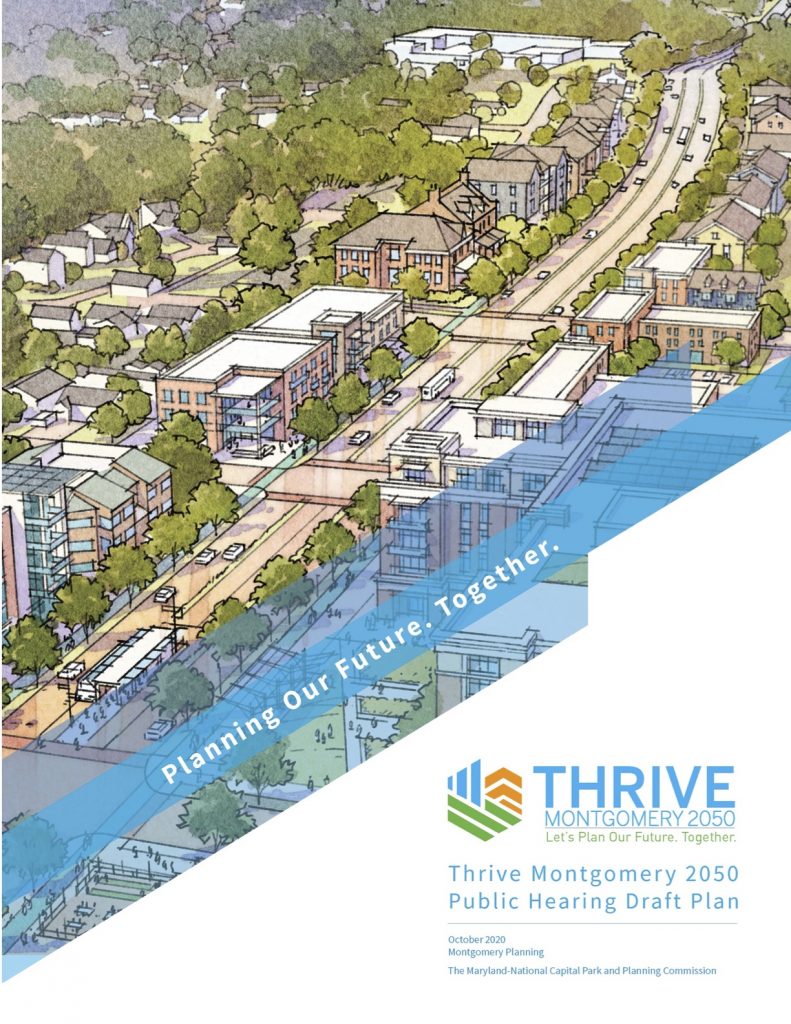Capital Spending FY23-FY28: My County Council CIP Testimony
I’ll share the testimony I presented to County Council’s February 9, 2022 public hearing on the county’s FY 23 Capital Budget and FY23-28 Capital Improvement Program (CIP) —
Council President Albornoz and Council Members,
Recognizing that the six-year Capital Improvement Program (CIP) proposal covers a variety of worthy but competing spending priorities, I will focus my advocacy on bus rapid transit (BRT) and affordable housing. I support spending in both areas and regret only that the county executive has not proposed a greater amount for affordable housing.
Veirs Mill Road and MD355 are priority Bus Rapid Transit (BRT) corridors. Veirs Mill Road service will provide a much-needed higher-speed, roughly east-west transit option to a significant number of minority and low-income riders. It will connect housing and employment centers, reducing congestion and – particularly with bus system electrification – the environmental impact of getting around Montgomery County, as will the MD355 route. As a bus rider myself – but more important, as an environmental and equity advocate – I support full CIP funding of these BRT routes.
I will add two points: Current plans would have a significant segment of the MD355 service operate in mixed traffic, rather than in dedicated lanes, and there’s no guarantee that the Veirs Mill Road service will have dedicated bus lanes. We won’t have true bus rapid transit without dedicated bus lanes. Also, please keep Ride On fare-free through the entirety of the network, to better support riders who are struggling financially, grow ridership, speed trips, and boost operator safety by eliminating fare collection.
Affordable housing: $146.3 million sounds like a munificent sum. However that’s only $22 million each CIP year for affordable housing acquisition and preservation. That’s not a lot, given Montgomery County’s huge unmet demand for housing of all types, and especially for affordable housing.
Please see whether you can find additional funds for affordable housing, without taking funds from school, park, and other investments, and complement our affordable-housing support with zoning and land-use reforms that will encourage property-owner and developer creation of new housing without county capital investment. I urge you to bring Thrive 2050 to a vote and advance the zoning reforms that we all know are needed.
In conclusion, equity and environmental considerations call for robust funding of Montgomery County affordable housing and transit projects including particularly bus rapid transit.


 Thrive Montgomery 2050
Thrive Montgomery 2050
